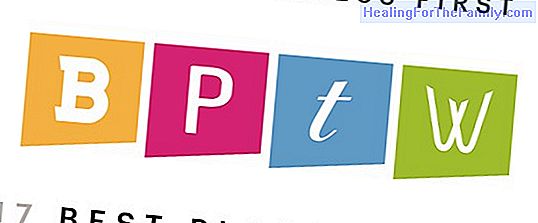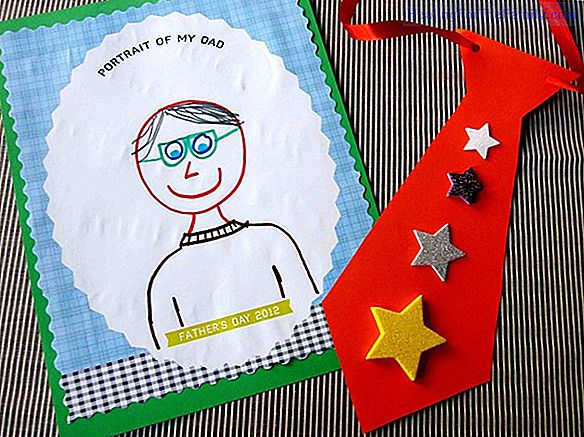Sign language for children with special needs
All children can benefit from the use of sign language for babies and, especially, children with special needs . In fact, parents and professionals who work with children with special needs realize that the frustration that children often feel is due to the added difficulty of making themselves unde
All children can benefit from the use of sign language for babies and, especially, children with special needs. In fact, parents and professionals who work with children with special needs realize that the frustration that children often feel is due to the added difficulty of making themselves understood.
Sign language for children is a fantastic way to build a functional vocabulary that helps in communication and reduces frustration.
Children with any type of disability can obtain great advantages when using the signs; Autism, Down syndrome, apraxia, speech difficulties, cerebral palsy and many other disabilities are favored by the use of signs, as they offer a tool to communicate with their parents and caregivers.
What children can use sign language

All children, as well as children with special needs, can benefit from signs, including children:
- Autistic
- With Down syndrome
- With apraxia
- With difficulties in the speak
- Hospitalized
- They learn a second language
Signs for children with apraxia
Some children with apraxia may feel so discouraged by their speech difficulties that they may decide to stop talking altogether. Studies suggest that signs can be used as a bridge between learning and the use of spoken language and not as a substitute.
- Signs allow a new way to communicate effectively even when they are learning to improve oral sounds.
- The signs can clarify the meaning of words that can not be pronounced yet.
- The signs provide greater confidence to the children, since they know that they will understand them. This confidence can lead to a greater desire to learn to communicate through spoken words.
- The signs can give us clues about the words a child is trying to pronounce.
- The signs can help to slow down the time for the child to have more time to pronounce the word.
- Signs offer more opportunities to express themselves as they allow to complete ideas or thoughts that otherwise could not express.
Signs for children with autism
Many children with autism have problems with speech and language as well as social skills. Studies suggest that the use of signs with autistic children has extraordinary results (Berkell, 1992).
- Signs facilitate communication by being an alternative to speech.
- The signs facilitate the learning of oral language.
- Signs promote eye contact.
- The signs increase the level of communication since children can transmit their wishes and needs.
- Signs improve mood and behavior in general, since they reduce frustration, tantrums, crying, aggression and self-inflicted harm.
- Signs improve self-confidence.
Signs for children with Down syndrome
Often, children with Down syndrome have language difficulties from a very young age; However, they have a great desire to communicate. By teaching them the signs they can ensure the satisfaction of their desires even when the speech is still developing. - Signs encourage children to keep communicating even if they still can not speak perfectly.- Signs provide meaning to words since they are often a representation of the
object
(iconic signs). - The signs facilitate communication with other children, which results in more opportunities to socialize
. - The signs providemore security
in oneself. - Signs can be used to emphasize some words or to clarify the meaning of some words. - Signs are not a substitute for spoken language, so surely the words they have learned to sign will be the words they pronounce later.
Signs and other special needs Los - Signs used with hospitalized children can be very useful when there is no possibility of speaking.
- The signs used in the case of children who are learning a
second language
are like simultaneous translators that offer a visual representation of the words they are learning.
- Signs can also be useful for children who are learning to read as they are a visual representation of words and letters.












